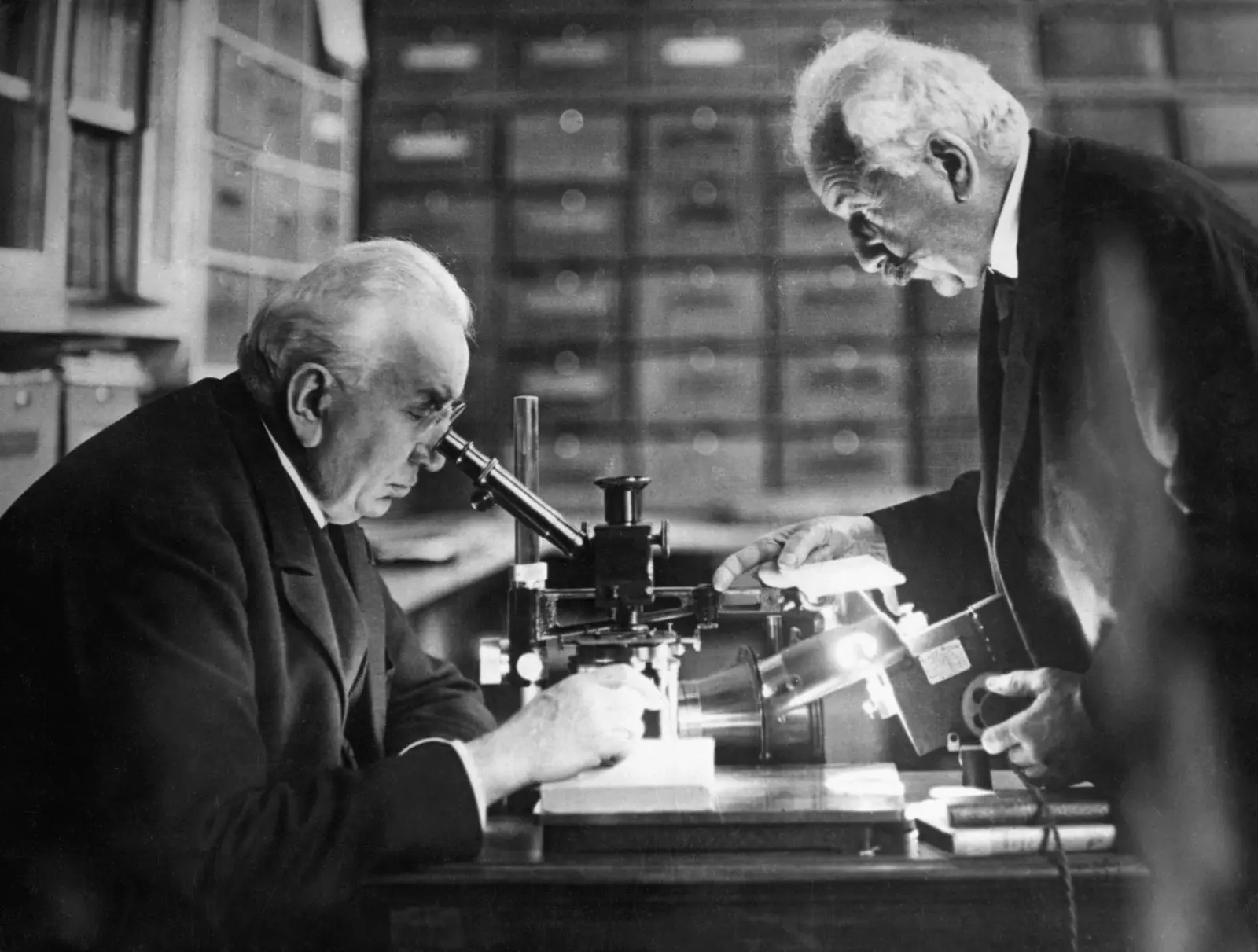
The Lumière brothers working in their laboratory
They were the first instagrammers, more than a hundred years before the internet and social networks were born. To most people they are just strangers; for movie lovers, the key piece that the invention of the brothers Auguste and Louis Lumière became massive.
Were the Lumière operators, dozens of young people who embarked on the adventure armed with cyclopean wooden boxes capable of memorizing everything that was put in front of them during a minute of light.
A minute of light. That is approximately how long the Lumière films lasted. His explanation is simple: it was the total time that the celluloid reel lasted on which the images were captured within the invention that they patented on February 13, 1895: the cinematographer
The product of several years of experience working in his father's photographic studio and of an enormous scientific concern, both combined existing inventions (such as the kinetoscope) to create a device capable of capturing and projecting images.
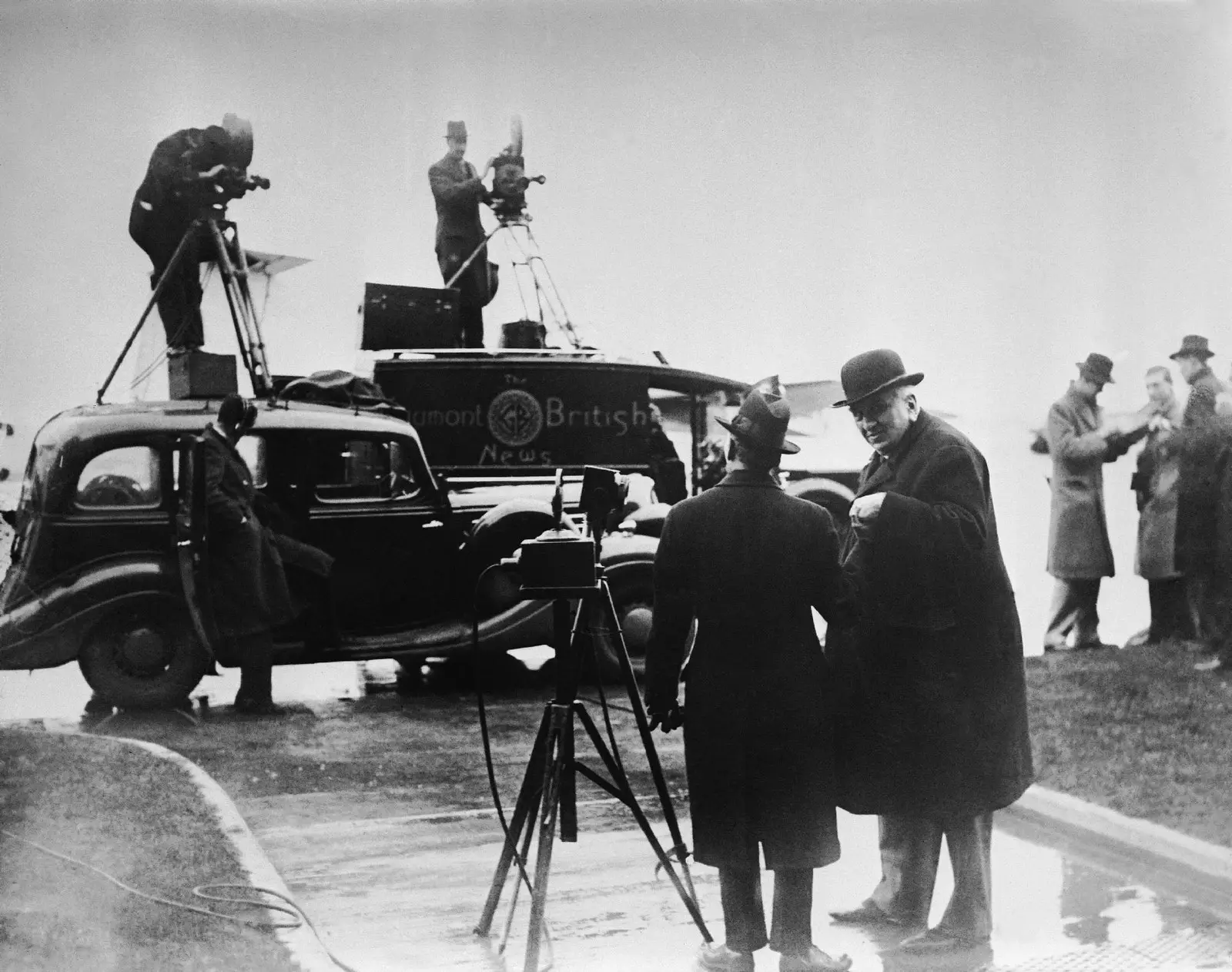
Louis Lumière in Croydon (England) in 1936
The Lumière cinematograph was a revolution. His first film, Exit of the workers from the Lumiere factory in Lyon Monplaisir, was presented in a private showing on March 22, 1895, but the date that marks the turning point is December 28 of that same year, the moment in which the first public screening of a film took place: The train arriving at the station.
The Lumières created the illusion of cinema, but they did not do it randomly: each film was a careful study of reality, a scene taken at the exact moment and place –the short duration of the format also had an influence: the maximum had to be recorded in a minimum period of time– and with a specific purpose: to shape the world.
The first of its objectives was very clear: look for key moments, that tell something and that they do it in a clear and aesthetically pleasing way. The Lumières thus created the art of cinema.
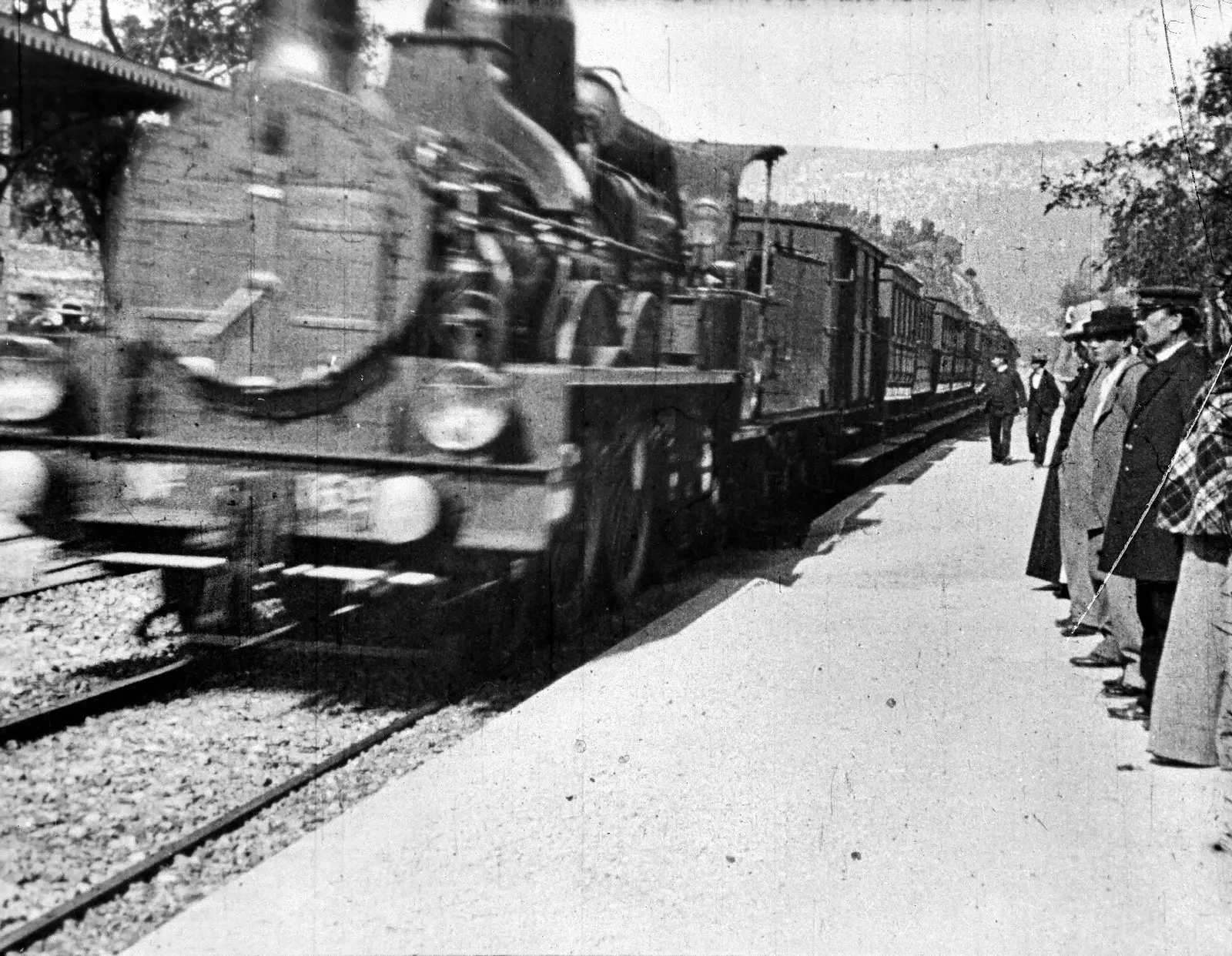
Scene from the movie of The train arriving at the station.
Another objective was to surprise the public and get them to invest their money in viewing a film as a form of entertainment. The Lumières created the film market.
The last objective came with the advance of the market itself: people would not pay to always see the same films and would even soon get tired of seeing elements of their nearby geography. New stimuli had to be found, exotic locations filmed, so that people would pay to see a movie again.
That is how the Lumières sent hundreds of young people to record scenes around the world and they laid the first foundations of what would be the film industry.
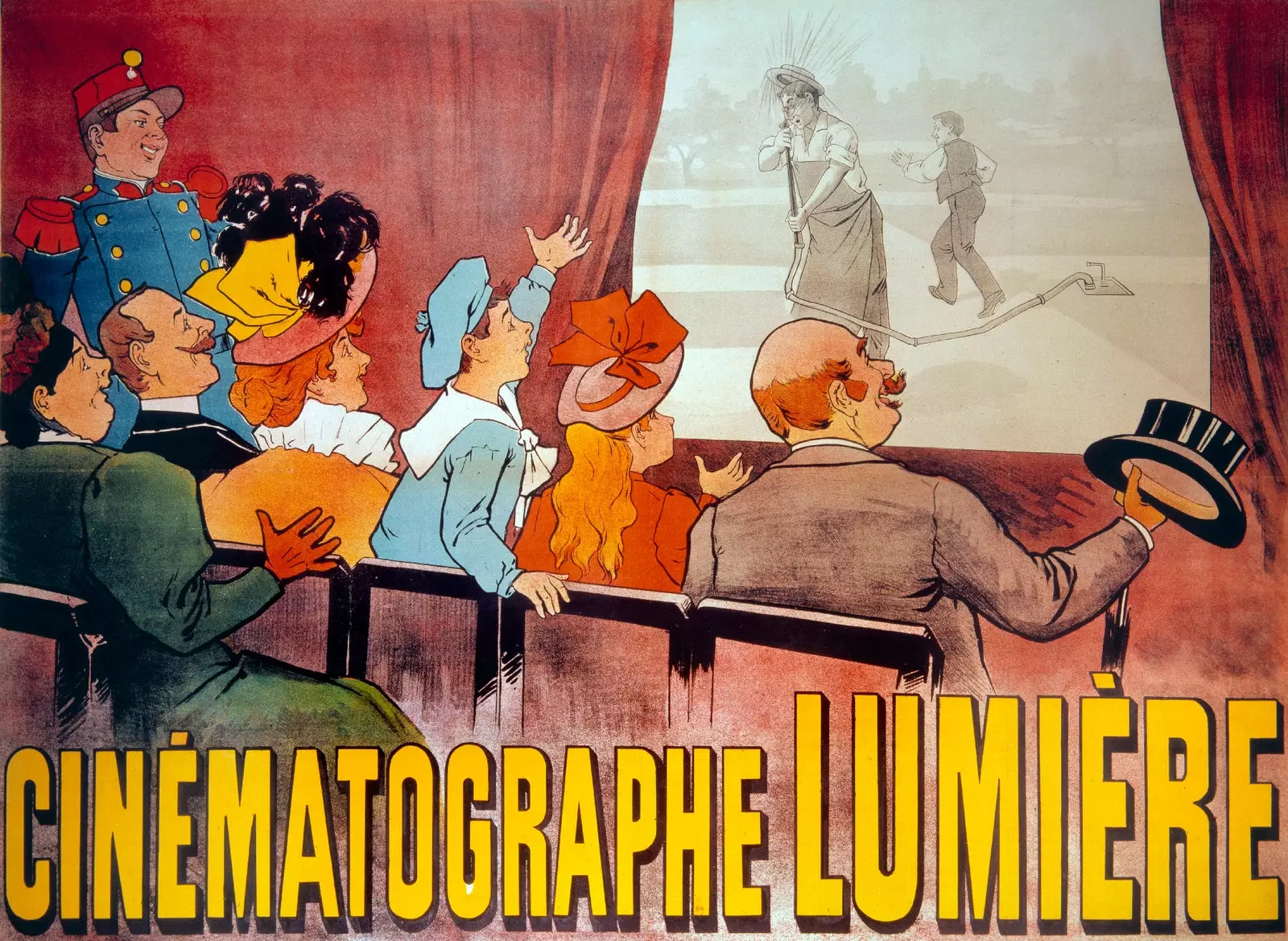
The Lumière cinematograph was a revolution
THE ARMY OF LUMIÈRE OPERATORS
Singers, pharmacists or simply young teenagers fascinated by the magic of cinematography. They were the ones who made possible a large part of the more than 1,400 films signed by the Lumière brothers.
In an interview for the newspaper El País, Thierry Fremaux, head of the Lumière Institute and artistic director of the Cannes Festival explained that "in addition to inventing the cinematograph as a projection device and conceiving the movie theater as the setting for a social act, the Lumières had this third fundamental gesture: send those operators on an adventure, around the world, to discover it and reflect it".
The Lumière brothers made possible the dream of many young people: traveling the world doing a job that, moreover, had a strong artistic and documentary component.
Some of their names were Alexandre Promio, Francis Doublier, Constant Girel, Marius Chapuis, Felix Mesguich, Charles Moisson or Gabriel Veyre.
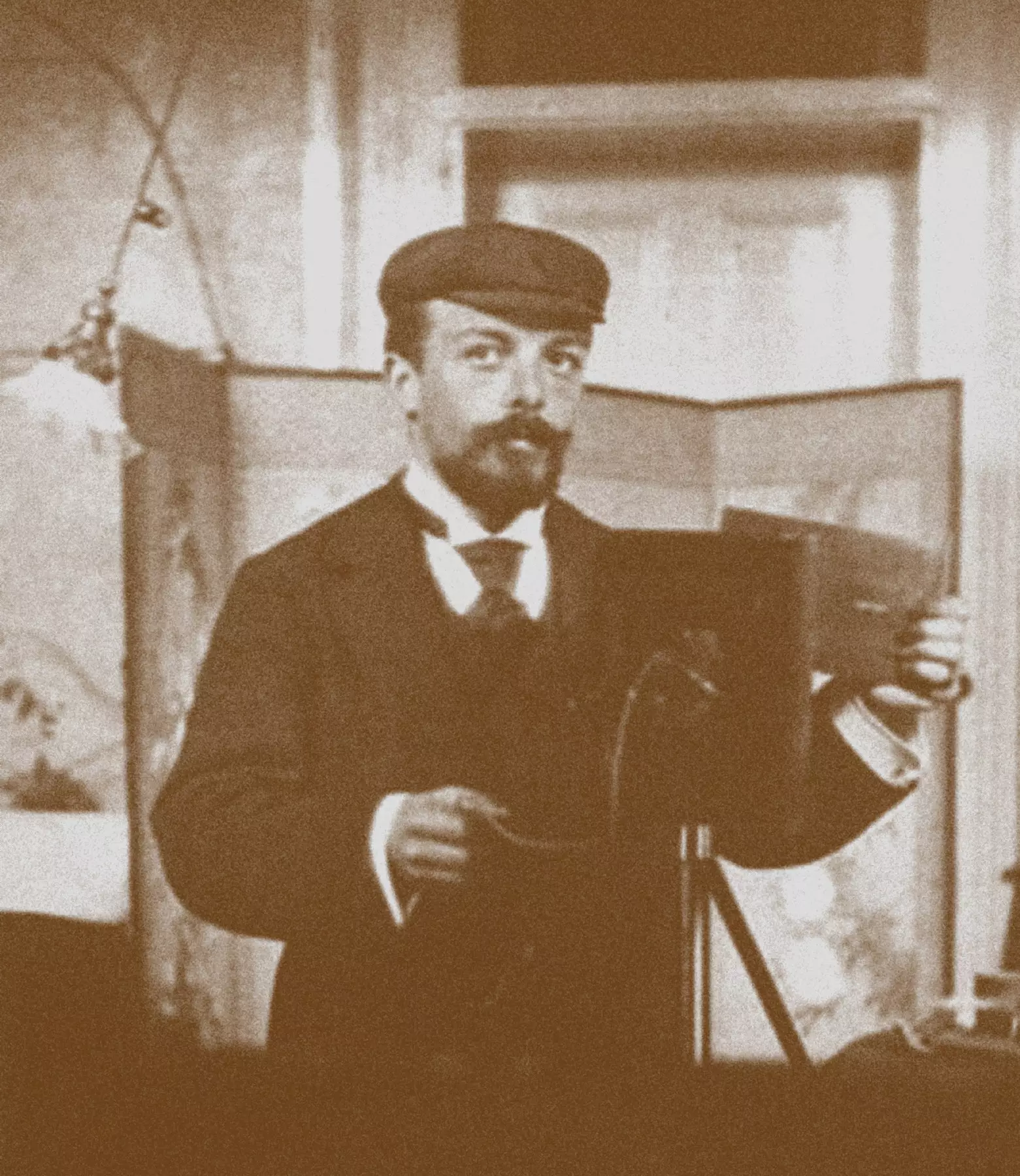
Gabriel Veyre, one of the most famous operators
** Athens and its Olympic games, Moscow and the coronation of Tsar Nicholas II, Saint Petersburg and the beginning of the revolution,** Spain, the United States, Japan, Turkey, Mongolia, the Caucasus, the African tribes.
the cinematographer began to mix, as in a deck of cards, the different cities of the world: in New York you could see what was filmed in Madrid, in Madrid what was filmed in Russia…
Suddenly, thousands of people could see how thousands of other people moved, breathed, laughed or walked who cohabited the same planet. A way of traveling without leaving the site, a first step for the audiovisual globalization that, a century later, would multiply exponentially with the appearance of the internet and social networks.
Although each Lumière operator had the importance of it, there are some that stood out above the rest. One of them was Gabriel Veire. Veyre filmed more than 30 films in Mexico, later passing through Cuba, Venezuela and Colombia.
Subsequently, he captured scenes across China, ancient Indochina, and Japan. This fate was what led him to end his relationship with the Lumières, since his filming was not to the liking of his employers, who wanted images that showed more exoticism than that shown by Veyre, who focused on more realistic scenes than commercials from Japan. Meiji.
Veyre gradually became a documentary filmmaker, whose style and pretensions were not the most purely commercial, but also the critical message through what was filmed.
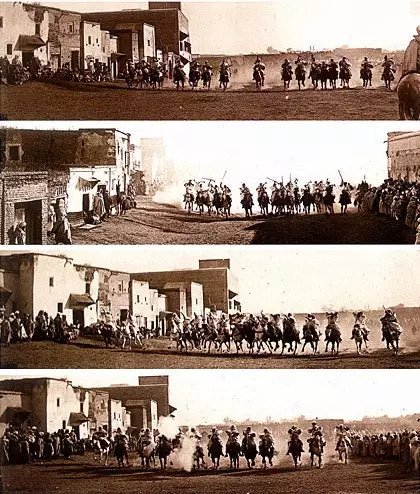
Images filmed in Morocco by Gabriel Veyre
Today, travel and work (the famous concepts of traveling or digital nomadism, so fashionable in recent times) is still a dream for many humans eager to discover the planet, with the nuance that it is now infinite times easier than in the days of the Lumières, when moving from one place to another was a true odyssey within the reach of very few.
From this point of view, it becomes even more important the creation of the cinematograph and the work of the Lumières that, although its objective was purely commercial, allowed hundreds of young people to dream of the adventure of the world.
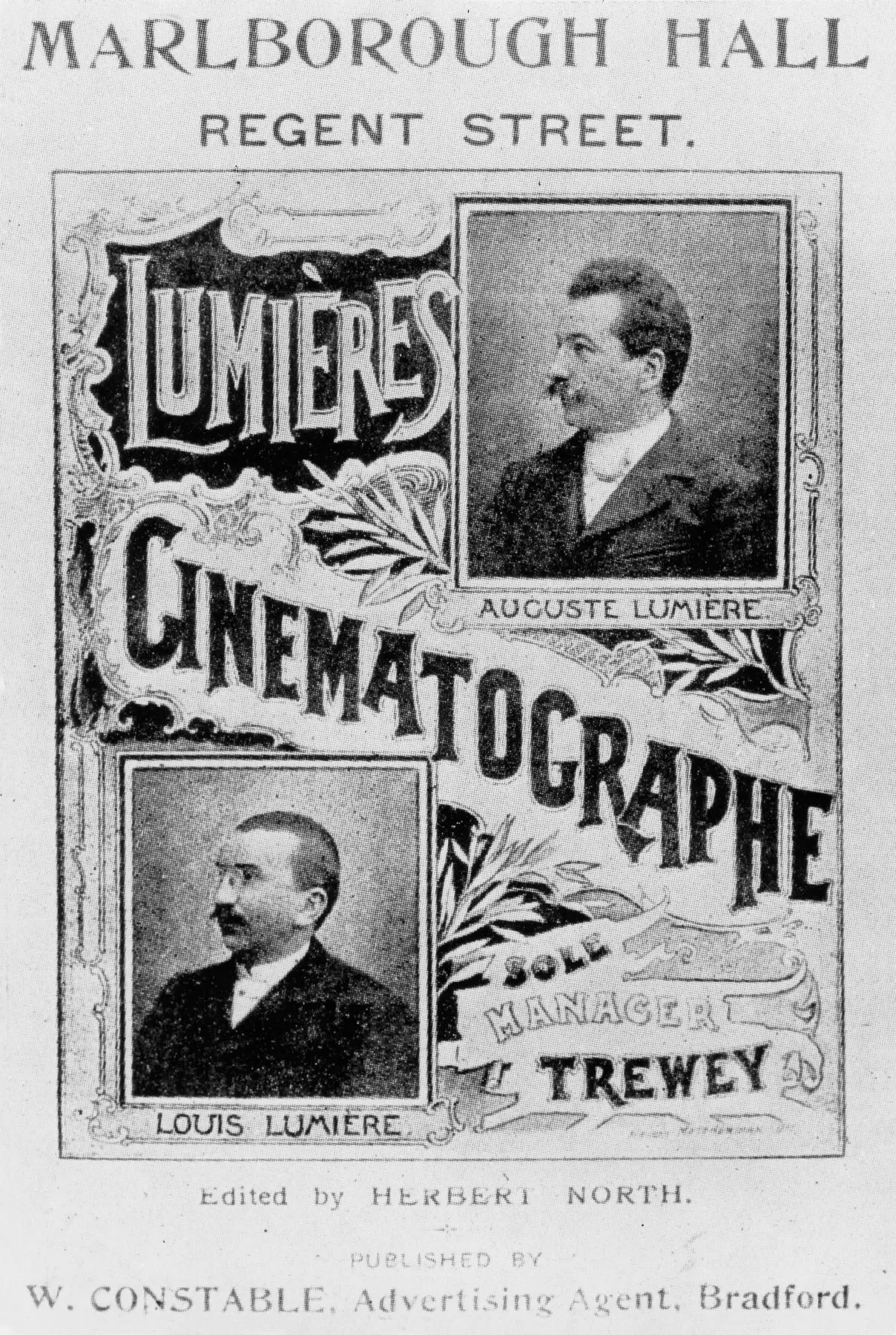
Advertisement for the cinematographer at Marlborough Hall in Regent Street (London)
